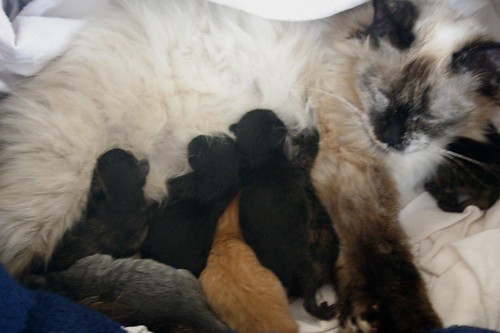Platform Love: Getting Along - Panel
Panelists:
- David Glazer - Director of Engineering, Google
- Jeff Hansen - General Manager, Services Strategy/Live Mesh, Microsoft Corporation
- Dave Morin -Senior Platform Manager, Facebook
- David Recordon - Open Platforms Tech Lead , SixApart
- Max Engel, Head of Data Availability Initiative, MySpace
Moderator: Marc Canter - CEO, Broadband Mechanics
Watching the 3 Davids, Max, Marc and Jeff talk social at LeWeb
says Marc Canter 'open is the new black' - and asks about the Open Stack
says @daveman692 google, yahoo, microsoft all building on the open stack - won't FaceBook become the underdog when openness wins?
Canter suggets OpenID will be the brand that ties the Open stack together
max of MySpace "what we're doing with these standards is moving the web forward - when the web hits a roadblock it routes round it"
max of MySpace:"90% of our users think of themselves as URLs so OpenID is a natural fit for us"
Dave Glazer: the goal is to let users do anything they want to, with others, anywhere on the web. OpenID lets you log in anywhere
Dave Glazer: openSocial solves a different bit of the puzzle - JS APIs to run the same app in different social contexts REST APIs web to web
says @daveman692 the web is designed to be distributed, and the Open Stack fits this model
Jeff of Microsoft: live mesh is built on symmetric sync - supports Open Stack, OpenID shipping, OAuth looks good, support PortableContacts
Jeff of Microsfot: we're evaluating the OpenSocial gadget container
Marc canter "we're putting all our balls into ev williams vice"
Jeff: we offer lots of languages. Marc: lots of ways to put our balls in your vice
Max: we support OpenID, Oauth, OpenSocial but you can too
Marc: anything good for the Open Web is good for Google
Marc Canter wants a URL for each Gmail? DG: each one does have that, but only you can see it
Dave Glazer: there are 3 classes of information: Public, Private and Complicated - users should never be surprised by who can see what
says @davemorin facebook wants people to have a social context wherever they go
says @davemorin FaceBook had to create a Dynamic Privacy model for FB Connect @daveman692 calls shenanigans - LJ had those in 1999
asks @daveman692 of @davemorin why are you giving microsoft access to all our email addresses wihtout asking permission?
Max of MySpace - we've shown that security and openness work together by using OAuth, and can revoke them from in MySpace
Dave Glazer: need to separate the technical levers from the social customs. technology can't stop people putting your bizcard on the web
says @techcrunch "call bullshit on facebook" - broke integration with google. FB don't want an open stack, they may be forced into it
says @tommorris how can MS be on the panel after the debacle of Office OOXML which wasn't open or XML?
says @dave500hats could we get contacts with certain features eg tennis fans?
Dave Glazer: there's an open spec process to define new attributes in the spec - if you want to add one go and propose it







